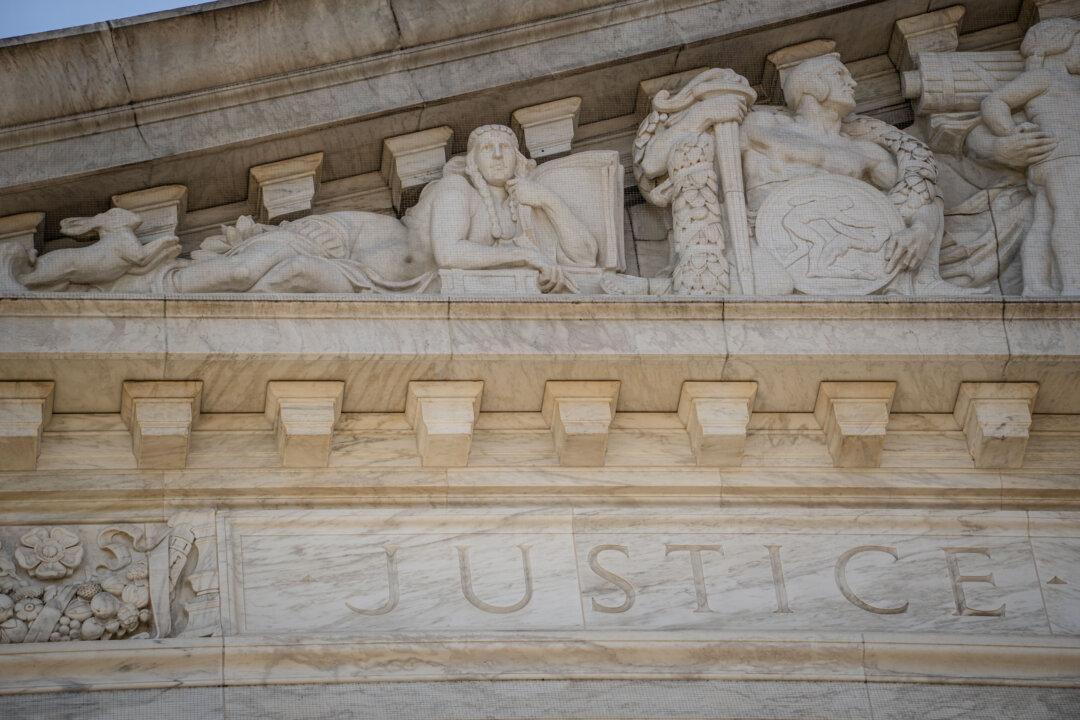The U.S. Supreme Court on June 10 denied stays of execution in two capital cases, rulings that allowed the condemned men to be executed within minutes of each other later the same day.
The court did not explain its rulings. No justices dissented.
Hunt was executed at 6:26 p.m. local time at a south Alabama prison, becoming the sixth person to be executed in the United States by nitrogen gas.
Wainwright was executed by lethal injection at 6:22 p.m. local time at the Florida State Prison near Starke.
Before leaving the scene, he made a call to his cousin’s boyfriend, advising that someone should take Lane to the hospital. A pathologist said Lane’s body had more than 60 injuries and that she had died from blunt force trauma, the brief said.
In its brief, Alabama said Hunt’s claim lacked merit. Even if the prosecutor erred in his argument about physical evidence that was found on the broomstick, “there was ample other evidence” to support the claim that Hunt sexually abused the victim, the brief said.
Hunt reportedly spoke no final words before a mask was strapped to his face to convey the nitrogen gas that would lead to his death. During the approximately 10-minute-long process, he shook and moaned at one point, which Alabama Corrections Commission John Hamm said was “consistent with all the other nitrogen hypoxia executions.”
Wainwright was found guilty of murder in the first degree, robbery, kidnapping, and sexual battery, and was given the death penalty.
Wainwright’s confession to police, as well as a jailhouse confession related by two inmates, were used against him at trial. DNA evidence from bodily fluids found in the victim’s vehicle was also presented at trial, the brief said.
Wainwright made a final statement at the prison, but reporters said they could not hear him from the witness room.







